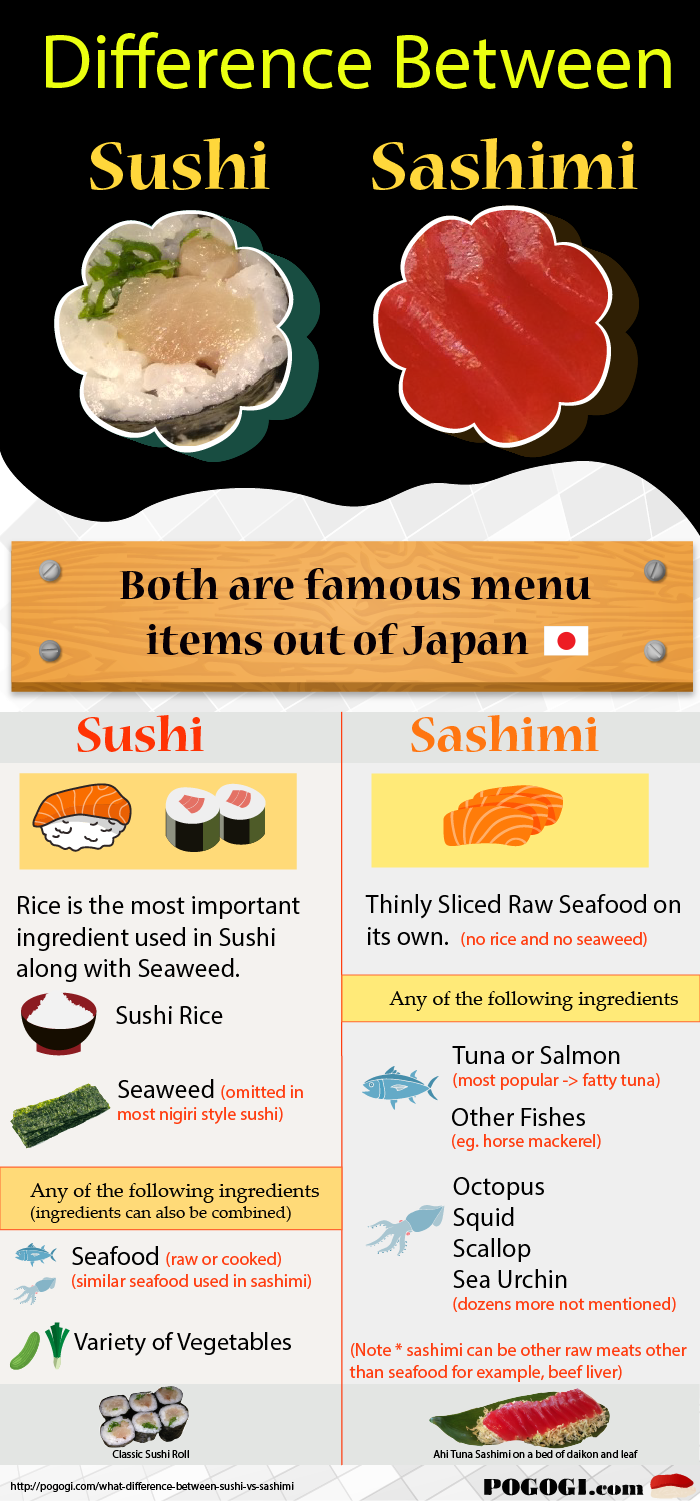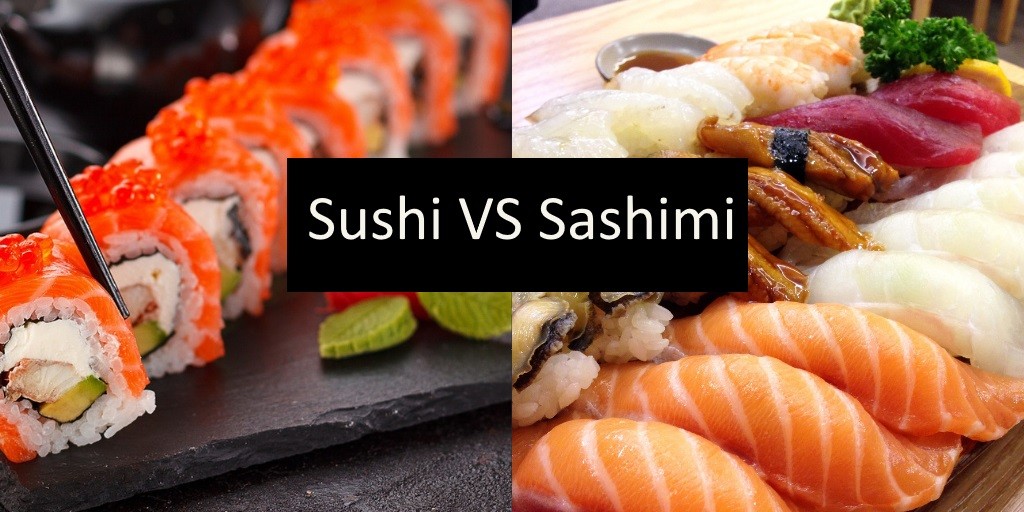Sushi Vs Sashimi: A Friendly Guide To Japan's Most Loved Dishes
When diving into Japanese cuisine, two dishes that often get people scratching their heads are sushi and sashimi. Even though they're both Japanese staples, they're not the same thing. Let’s break down what makes sushi and sashimi unique, so you can make the right choice next time you're at your favorite sushi spot.
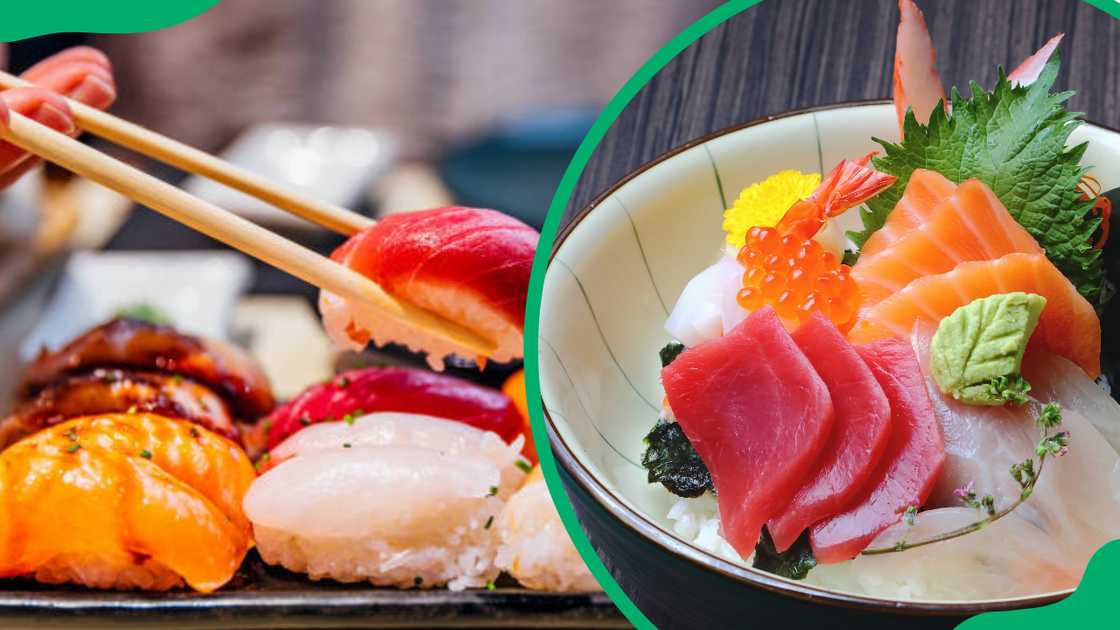
TABLE OF CONTENTS
If you’ve ever found yourself wondering about the difference between sushi and sashimi or which one’s healthier, this guide’s got you covered. We’re here to help you figure out which one’s the perfect fit for your next meal.
Sushi vs Sashimi: The Big Debate
So, let’s dive into the nitty-gritty of these two Japanese culinary gems. When you’re comparing them, it’s important to know they’re fundamentally different. In a nutshell, sushi comes with rice, and sashimi does not. Here’s a deeper look at both dishes:
Read also:A Hilarious Encounter With A Snake Goes Viral In South Africa
What Exactly is Sushi?
The word "sushi" might bring raw fish to mind, but it’s actually all about the vinegared rice. This tangy rice, seasoned with a mix of rice vinegar, sugar, and salt, forms the foundation of the dish. Sushi can be topped with a variety of ingredients—both raw and cooked. It’s like a blank canvas for chefs to get creative with.
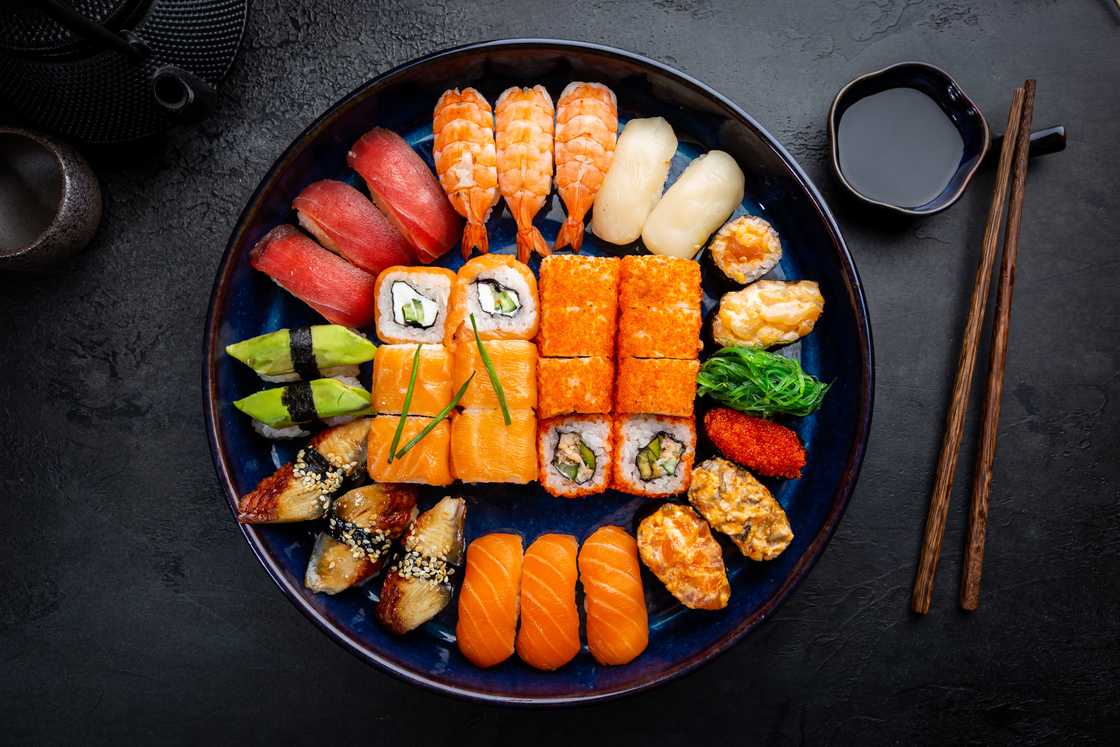
According to California Rollin, traditional sushi consists of vinegared rice paired with veggies, seaweed wraps, and raw fish like tuna, salmon, or mackerel. But don’t worry if you’re not a fan of raw fish—sushi can also include cooked fish, veggies, and even proteins like eggs or tofu. The possibilities are endless!
Sushi comes in various forms, such as maki (those classic rolled sushi with seaweed), nigiri (a small ball of rice topped with a slice of fish), and uramaki (inside-out rolls with the rice on the outside). And here’s a fun fact: not all sushi contains fish. The real star of the show is the rice, not necessarily the seafood.
Sushi’s popularity has spread worldwide, and people can’t seem to get enough of it. Take this Reddit user ranting_chef, who shares their love for sushi:
“I think most of us on this sub have the same problem. I keep a mental total of how much I spend on sushi, and when I approach a number that starts to freak me out, I stop. For a few days. Well, at least a couple of days. Definitely, at least one day. But I can stop anytime.”
What’s the Deal with Sashimi?
Now let’s talk sashimi. Think of it as the minimalist version of sushi—just thin slices of raw fish or seafood, served without rice or any other fancy components. It’s all about letting the quality and flavor of the fish shine on its own. Popular sashimi options include tuna, salmon, octopus, and shrimp, as noted by Gurunavi.
Because sashimi is raw fish, it needs to be of the highest quality and freshness. That’s why you’ll often see it labeled as "sashimi grade," meaning it comes from suppliers who handle the fish with utmost care. This is one of the reasons sashimi tends to be pricier than sushi.
Read also:Myztro Drops New Summer Anthem The Buzz Around Dj Maphorisas Brother
Here’s an interesting tidbit: while you’ll often find sashimi on sushi menus, it’s technically not a type of sushi. It’s its own thing, standing proudly on its own two fishy legs.
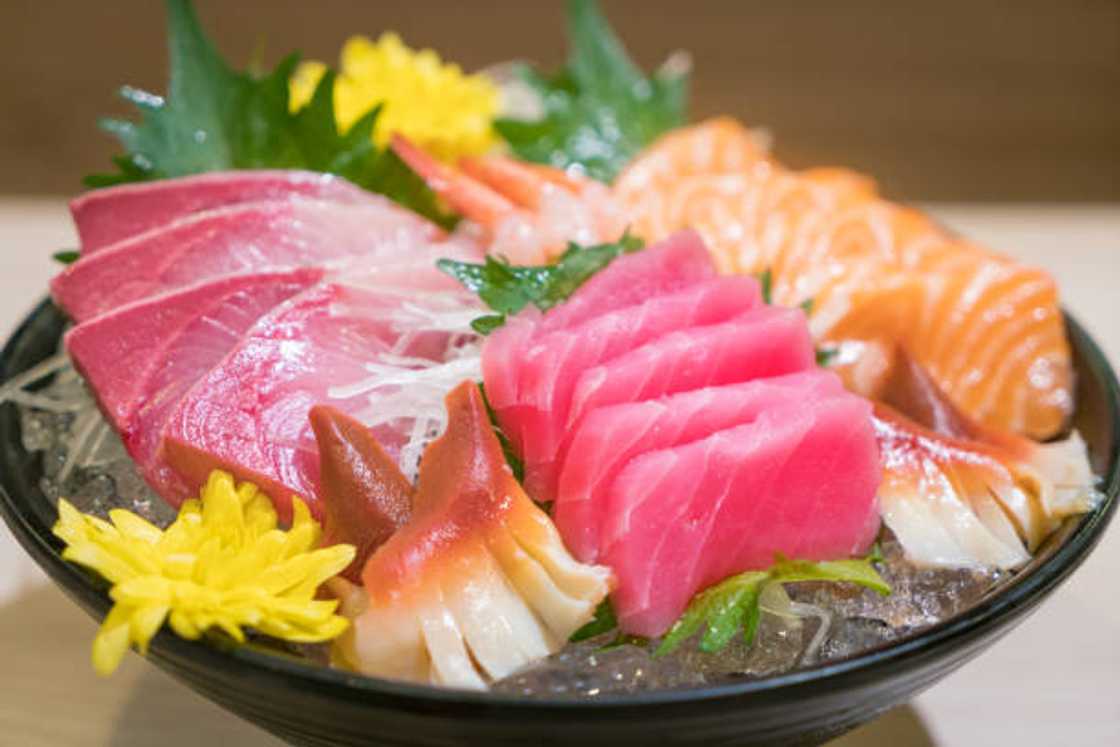
Key Differences Between Sushi and Sashimi
Here’s the bottom line: sushi is all about that vinegared rice, while sashimi focuses on raw, high-quality fish. Sushi may or may not contain raw fish, but it always includes rice. On the other hand, sashimi is strictly raw fish or seafood—no rice involved. Let’s break it down:
- Sushi: Comes with rice and can feature both raw and cooked ingredients.
- Sashimi: Just raw fish, sliced thinly, and served plain without rice.
Is Sashimi Really Healthier?
If you’re counting calories or watching your carb intake, sashimi might be your new best friend. Since it’s just raw fish, it’s naturally lower in calories and carbs compared to sushi, which includes rice. This makes sashimi a great choice for those looking for a high-protein, low-carb meal.
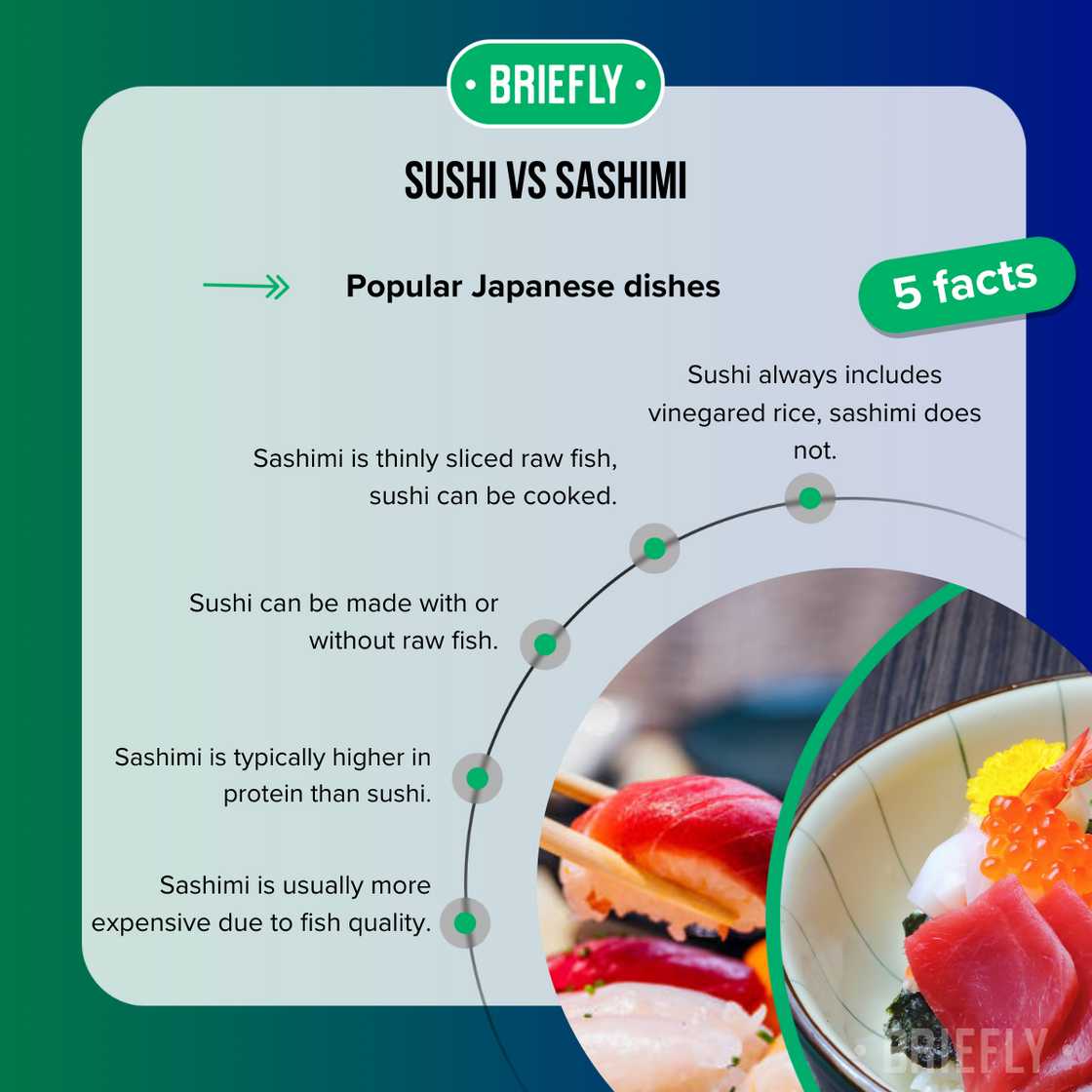
But hold up—sashimi’s healthiness also depends on the type of fish used. According to Seafood Health Facts, fattier fish like salmon and tuna pack more calories than leaner options like white fish. However, these fattier fish are also rich in omega-3 fatty acids, which are great for heart health.
Sushi, while nutritious, does contain rice, which adds carbs and calories to the mix. But don’t knock it—rice provides energy, and when paired with veggies or lean proteins, sushi can still be a well-rounded and nutritious meal.
How Do Sushi and Sashimi Taste Different?
Taste is where sushi and sashimi really diverge. The vinegared rice in sushi adds a subtle tang that complements the other ingredients, whether it’s raw fish, cooked items, or veggies. This makes sushi a versatile dish where the rice acts as a neutral base, letting the flavors of the toppings take center stage.
Sashimi, on the other hand, offers a purer fish experience. Without rice or other additives, it highlights the delicate flavors and textures of the fish itself. That’s why sashimi is often served with simple condiments like soy sauce, wasabi, or ponzu sauce—to enhance the flavor without overpowering the fish.
Why Does Sashimi Cost More?
Let’s talk money. One of the main reasons sashimi is pricier is because of the quality and freshness required for sashimi-grade fish. Since sashimi is eaten raw, with no rice or other ingredients to mask any imperfections, the fish must be top-notch. Suppliers go to great lengths to ensure the fish is handled and stored properly, which drives up the cost.
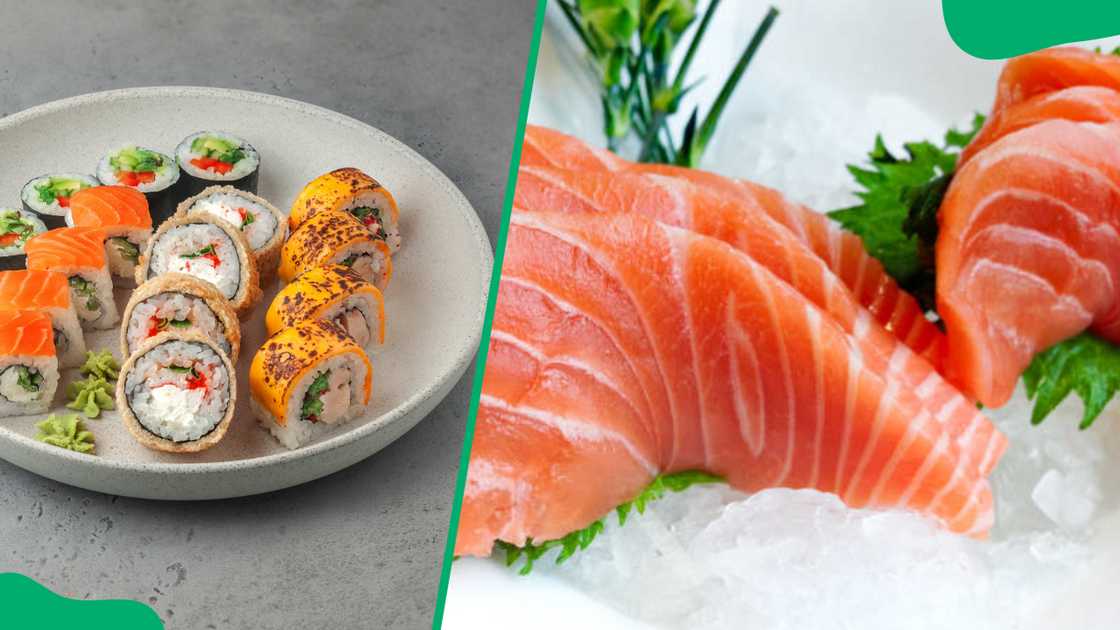
Sushi, on the other hand, offers more flexibility when it comes to ingredients. While high-quality fish is still important, the addition of rice, veggies, and other components makes sushi more adaptable and less reliant on the flawless quality needed for sashimi.
Sushi vs Nigiri: What’s the Difference?
According to Spruce Eats, nigiri is a small, hand-pressed ball of vinegared rice topped with a slice of raw or cooked fish. Unlike maki rolls, nigiri doesn’t include seaweed or extra ingredients, making it a simpler and more refined form of sushi. Even though it’s less complex in terms of ingredients, it’s still considered sushi because it contains rice.
Frequently Asked Questions
When deciding between these two dishes, it all comes down to your personal preferences for flavor, texture, and nutrition. Here are some common questions people have about sushi and sashimi:
- Does all sushi have fish? Nope! Not all sushi contains fish—it’s all about that vinegared rice.
- How do you pick the best sashimi? Look for fish with bright, clear eyes, shiny skin, and a firm texture. Make sure it’s been handled and stored properly to ensure freshness. Opt for fish that’s been properly frozen to reduce the risk of parasites.
- What makes sashimi so special? It’s all about the super-thin slices of raw fish or seafood—simple, elegant, and packed with flavor.

